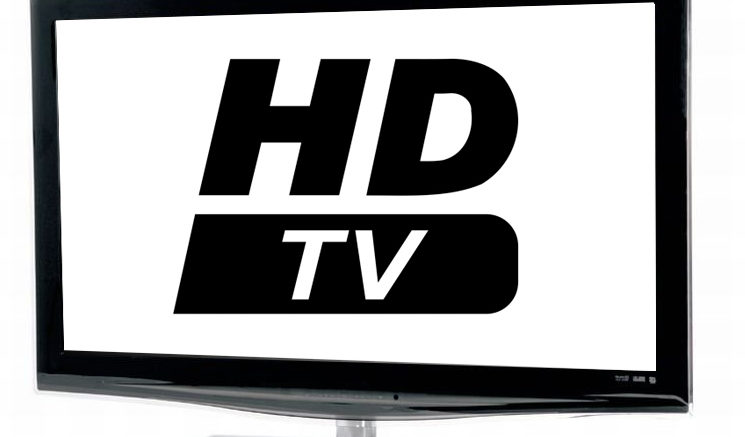If you thought the war was over, you’re wrong – it’s just begun. DISH and DIRECTV have been fighting for supremacy over the skies since the 1990s and the battles just keep getting bigger. The best part of course is that the customer is the real winner.
Today let’s take a look at the streaming side of things. DIRECTV has been building an on-demand library since the mid-2000s that now includes tens of thousands of free titles, while DISH recently partnered with Netflix, integrating that service into Hopper DVRs. DIRECTV offered YouTube videos for many years but stopped doing so last year, while DISH will be offering YouTube in its newer Hoppers this year. Who’s right? Which approach makes more sense?
The DIRECTV approach
Since 2003 when DIRECTV started offering their own branded hardware, they’ve been on a control binge. First they standardized hardware, then started developing their own software. Although there was YouTube and Pandora support, pretty much everything else in the DIRECTV ecosystem is homegrown. Not all of it has been a real winner — its media sharing was really subpar and they really haven’t put any focus into that.
The same approach has worked for them with programming. Starting with their slate of original programs on the Audience Network (originally called Channel 101) they’ve built a stable of content you can’t get anywhere else. While they were conquering live programming, they went to work building a massive on-demand infrastructure. Their data centers hold hundreds of terabytes of programming and stream it to customers all over the country. Pretty much every major channel has an on-demand presence and it’s easier than ever to get the programs you want with curated content like the “Missed it? Watch Now” section of most on-demand pages. This highlights the stuff that’s aired in the last 72 hours and gives customers a chance to catch up.
The DISH approach
DISH went a different way. They never really had a strong on-demand selection, but Hopper’s PrimeTime Anytime system gives you the ability to catch up with network programming that’s recently aired and in many cases skip commercials. (DIRECTV’s Watch Now selection often includes mandatory commercials.) The big win for DISH, however, is the inclusion of Netflix into their DVRs. Netflix is hands down the largest streaming service with more choices than any other. Integrating Netflix gives customers the option to easily jump back and forth between streaming and non-streaming programming within the same box, making for a cleaner install and a better experience for everyone. Of course, there is an extra charge for Netflix, and they’re no extra charge for DIRECTV On Demand if you’re already paying the Advanced Receiver Services fee.
The best part of the Netflix experience is adaptive streaming, which automatically adjusts the picture quality to compensate for internet congestion. DIRECTV’s streams don’t do this, and the result is that a burst of internet congestion sometimes results in a stopped program.
Which is best?
All I can do is offer my opinion here. Certainly some people are going to say that the one-box approach that DISH offers is the better one, because it’s cleaner and keeps the customer using a single remote. There’s a benefit to that, but it’s also not a huge burden to get a universal remote these days.
For my money (I know this won’t be a huge surprise) I’ll choose DIRECTV. With a DIRECTV-ready TV, you have a single remote, a single interface, and you get access to both Netflix and DIRECTV On Demand. Even with a regular TV, you can easily switch sources and have both if you want. Not only that, but DIRECTV On Demand gives you access to the content you’re already looking for, back catalog programs from your favorite networks, and gives you access to premium content during free previews.
When it’s all said and done, I want it all — and there’s only one way to get both DIRECTV On Demand and Netflix. Get DIRECTV.




